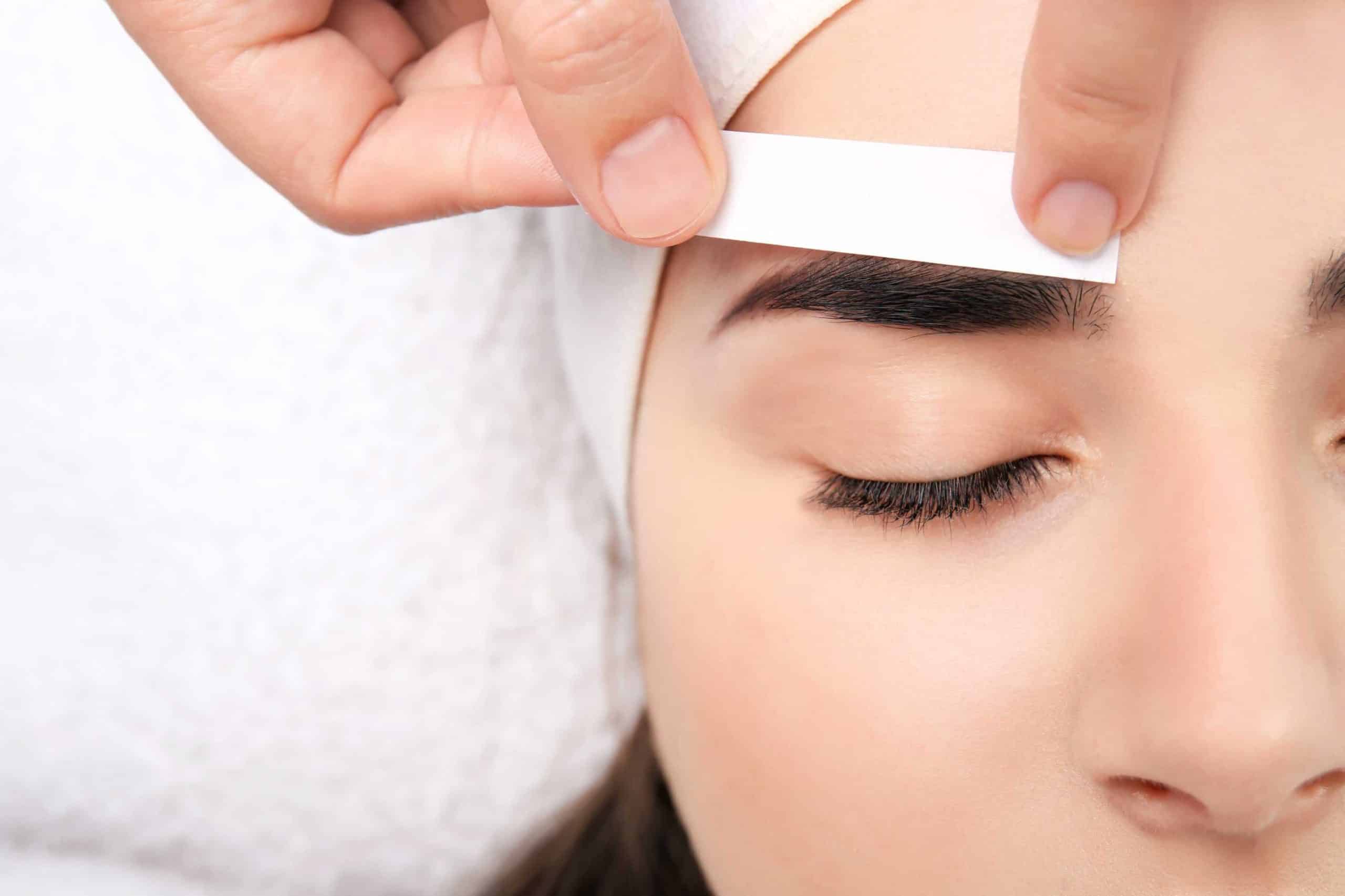Brow waxing is a popular beauty treatment that removes unwanted hair from the brows. It's a quick, easy and affordable way to achieve a neater appearance. If you are looking for brow waxing then you can contact Diva Lash.

Image Source: Google
Here are tips for getting the best brow waxing experience:
1. Choose the right wax: There are many different types of brow waxes on the market, so it's important to find one that's suited to your needs. Some waxes are designed for use on thicker hair, while others are specifically for removing finer hairs. If you have thin eyebrows, you may want to try a lightweight wax instead of a heavier one.
2. Prep your skin correctly: Brow waxing requires delicate skin preparation if you want results that look natural. Before your appointment, warm up some olive oil or vaseline on your hands and apply to your skin in an area around each eyebrow where hair will be removed. This will help soften the hair and make it easier to remove cleanly.
3. Wax carefully and thoroughly: Be sure to Wax carefully and thoroughly so that all hair is removed – even the tiniest strands can cause irritation or even a full-blown rash down the road. Keep a tissue handy in case there are any accidental nicks or tears during removal; these can easily be fixed before your appointment without any extra fussing.
4. Follow up with proper skin care post-waxing: After brow waxing, it's important to follow up with proper skin care to ensure that the treatment was successful and that any leftover wax is removed.
